11. How do you protect the lawn and landscaping?
Even through your roofing contractor is on the top of your house, it is important to think about everything below the roof. This includes vehicles, windows, siding, sidewalks, plants and your landscaping in general. Ask for specific details regarding what they will do to ensure your property is not damaged and how cleanup will work during and after the project is completed.
12. How long will the job take?
During warm weather months, roofing contractors become exteremly busy and may take longer to get to your project than you had hoped. The best roofers may have a wait list that is weeks or even months long, if your roof is not causing significant issues it may be worth the wait to get that great contractor. Find out when your roofer is available to start work. If possible, get the date in writing. Your roofer should also have an estimated finish time.
Roofing projects sometimes take longer than expected due to unexpected damage that was not discoverable until after the old shingles had been removed, this damage must be repaired before work can continue. Your roofer may not be able to give you a definite completion date, but you should be able to get an estimate. Give your contractor a margin of error of a few days, just in case your roofing project goes over time.
13. What happens with any unseen problems while working on my roof?
Have an honest and realistic conversation with your roofer and ask for any potential problems that may arise during the installation. Obviously every roof unique and poses different challenges. This open discussion is just a way to have a good peace of mind to keep any surprises from happening at the end of the day.
14. How do they deal with inclement weather?
No matter where you live in the United States, the weather can be unexpected at times and cause headaches for you and your contractor. These things happen, it only makes sense to have a plan in place to accommodate any of these unexpected weather related surprises. Including rain, snow, wind or anything that could possibly damage your home or landscape.
These issues can lead to more cost, delayed completion and in the worst case cause additional damage to the exterior and even interior of your home. Plan for the worst but hope for the best.
15. Who should I contact with questions?
Quality contractors are methodical about maintaining an open and consitent line of communication with their clients. A contractor would prefer to answer client questions directly rather than the client talking to employees or subcontractors. Find out who the primary contact person is for you to reach out to with questions and issues.
Your roofing contractor may hire subcontractors to complete projects. If this is the case, your contractor might not be on-site while the bulk of the work is being done. In these cases it is even more imporatnt to know who to contact with questions and concerns.
Stay connected with who your contractor hired for communication with the client to make sure the work is being completed as expected, whether they’re permanent employees, leased employees, temporary employees, or subcontractors.



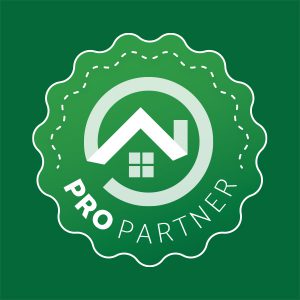




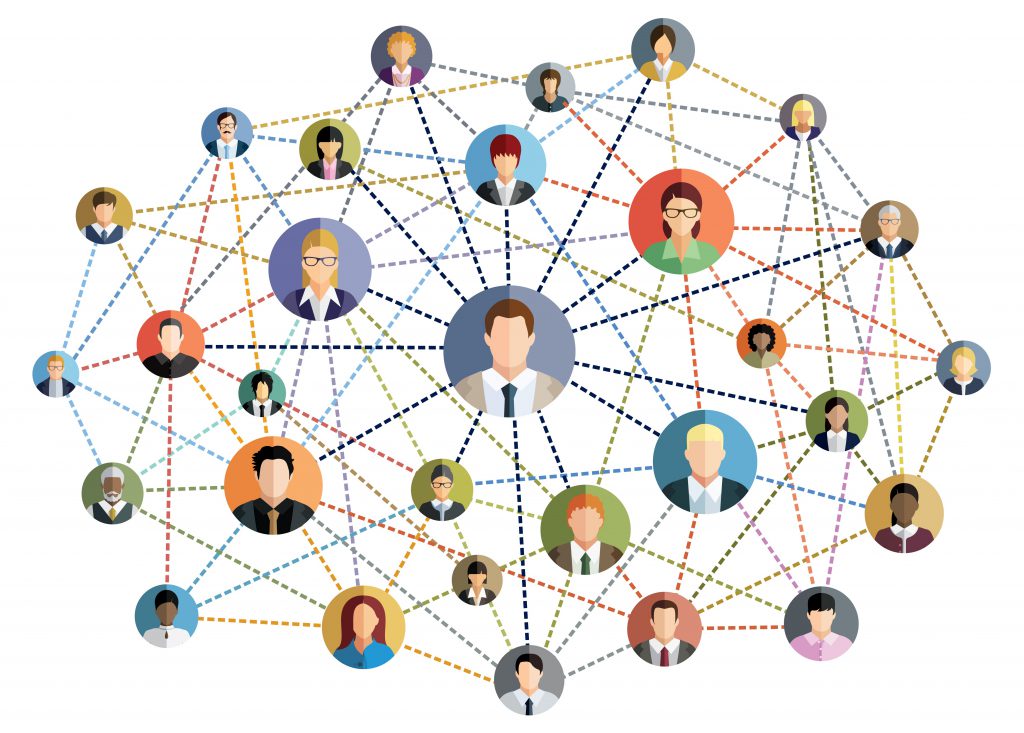

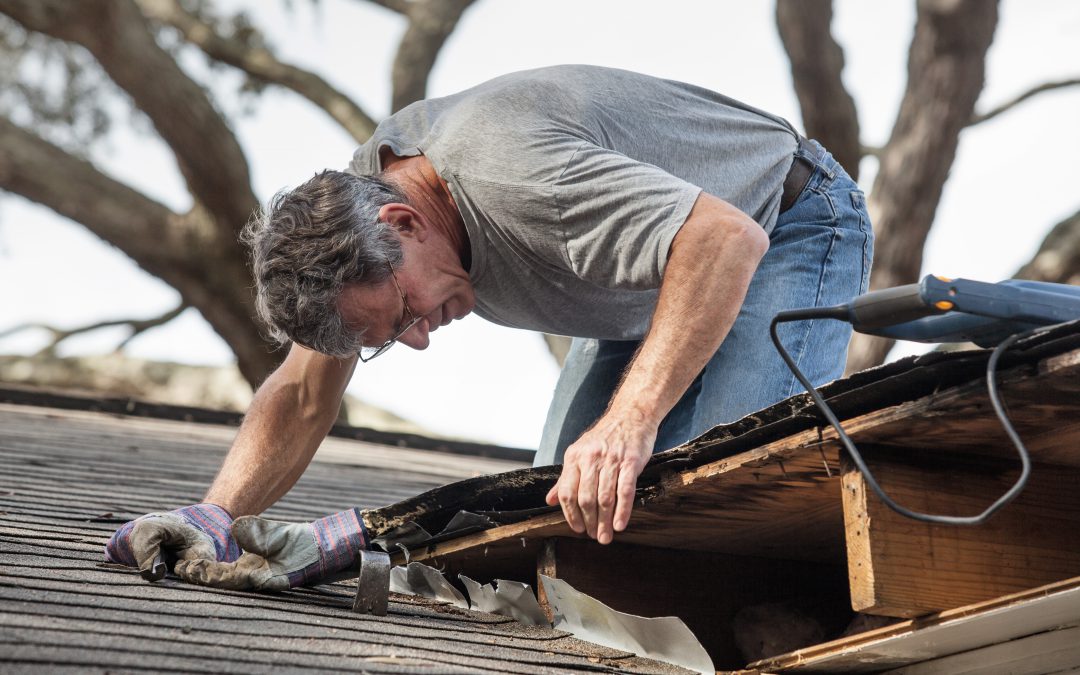
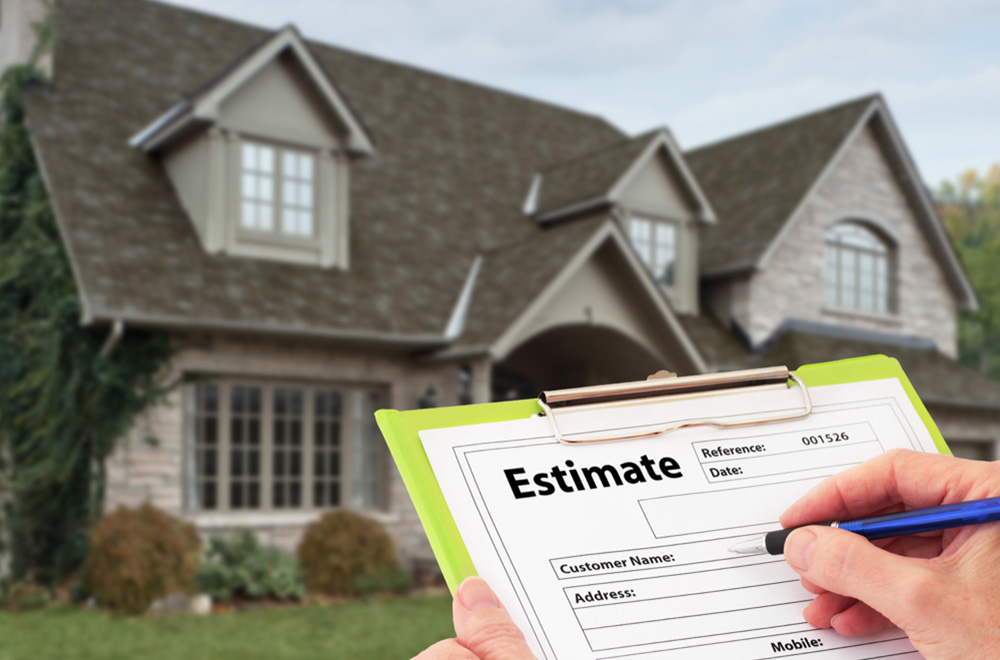
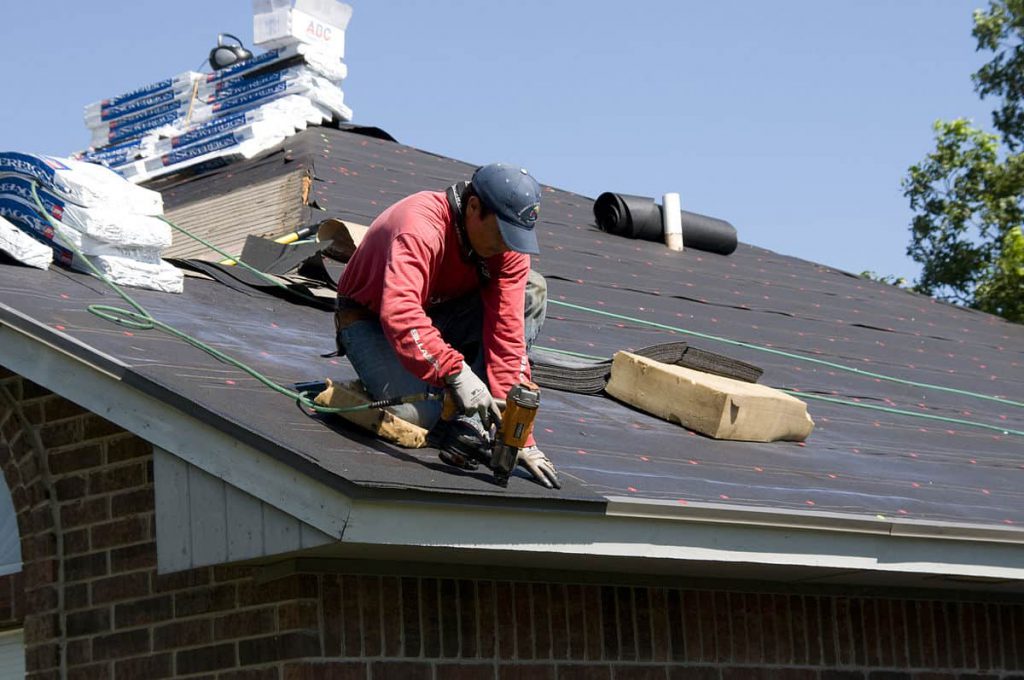





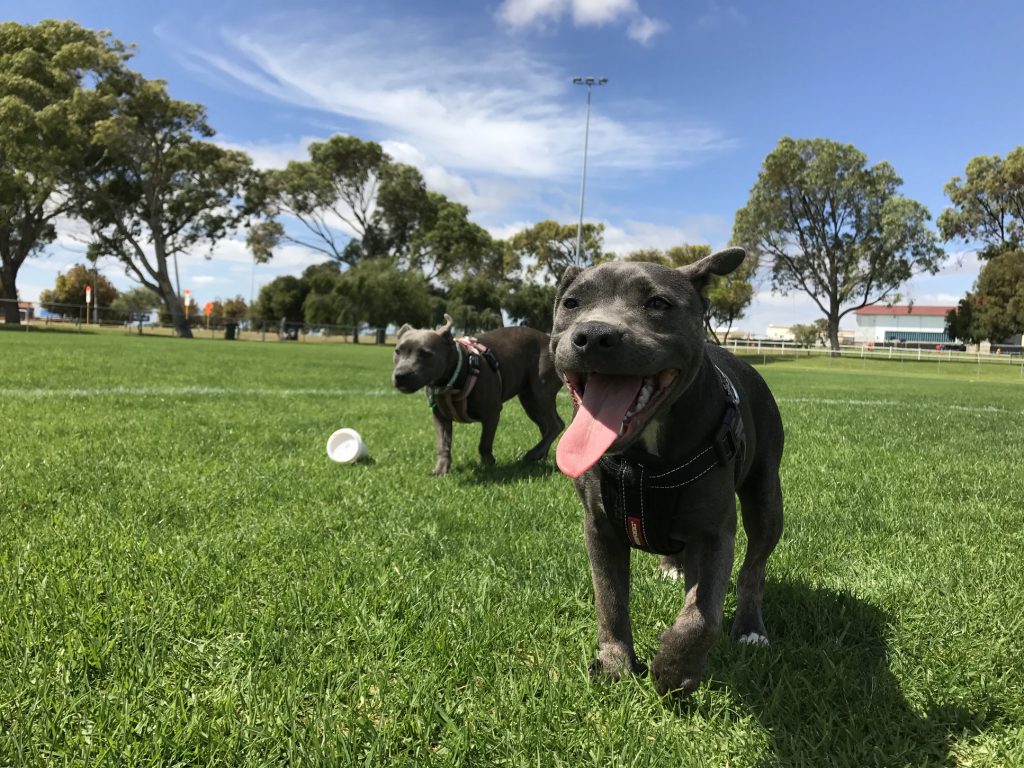
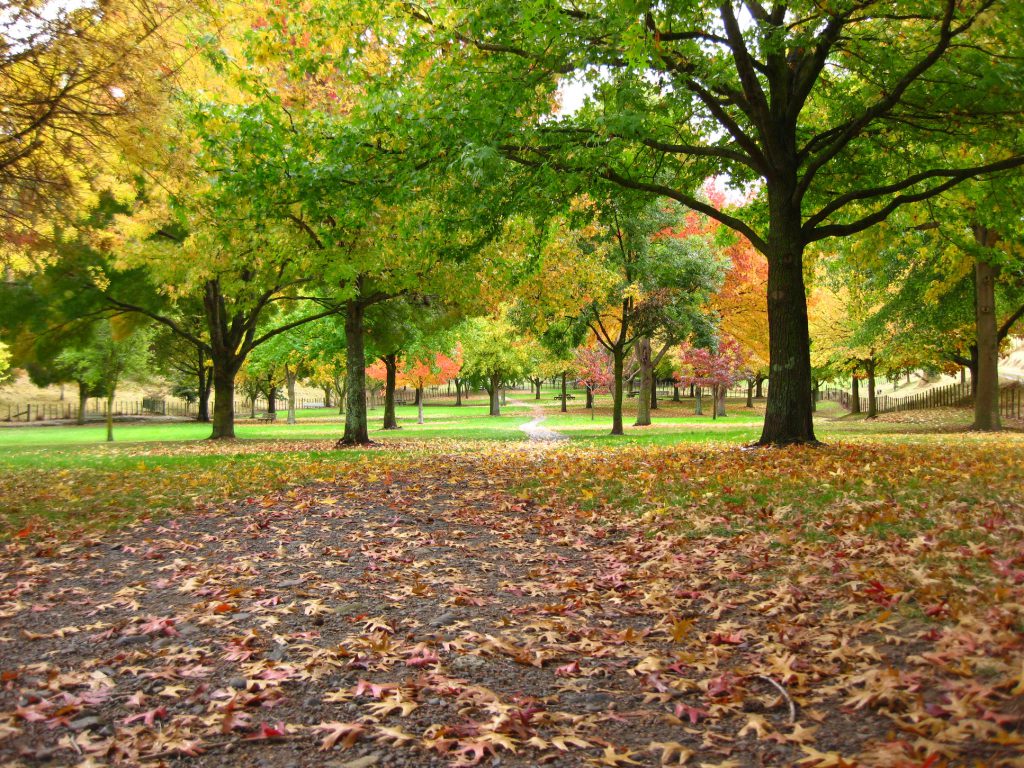

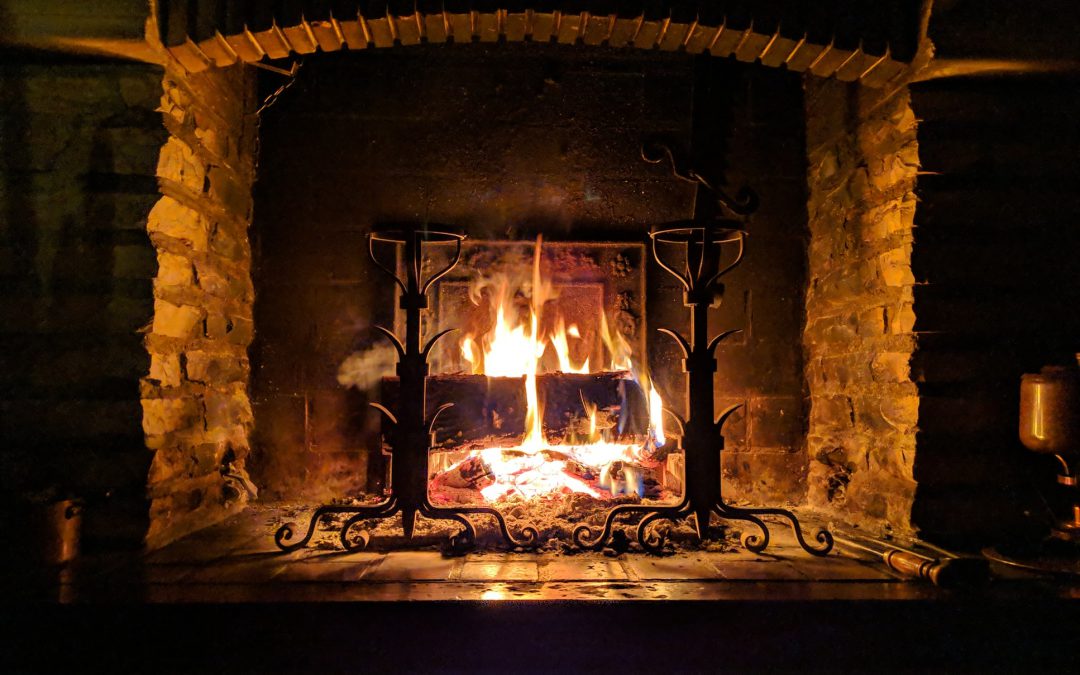
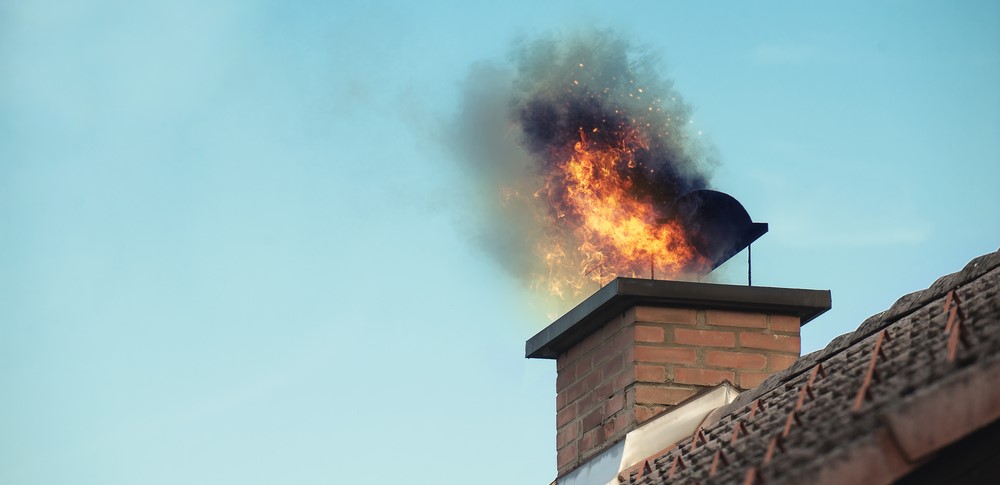



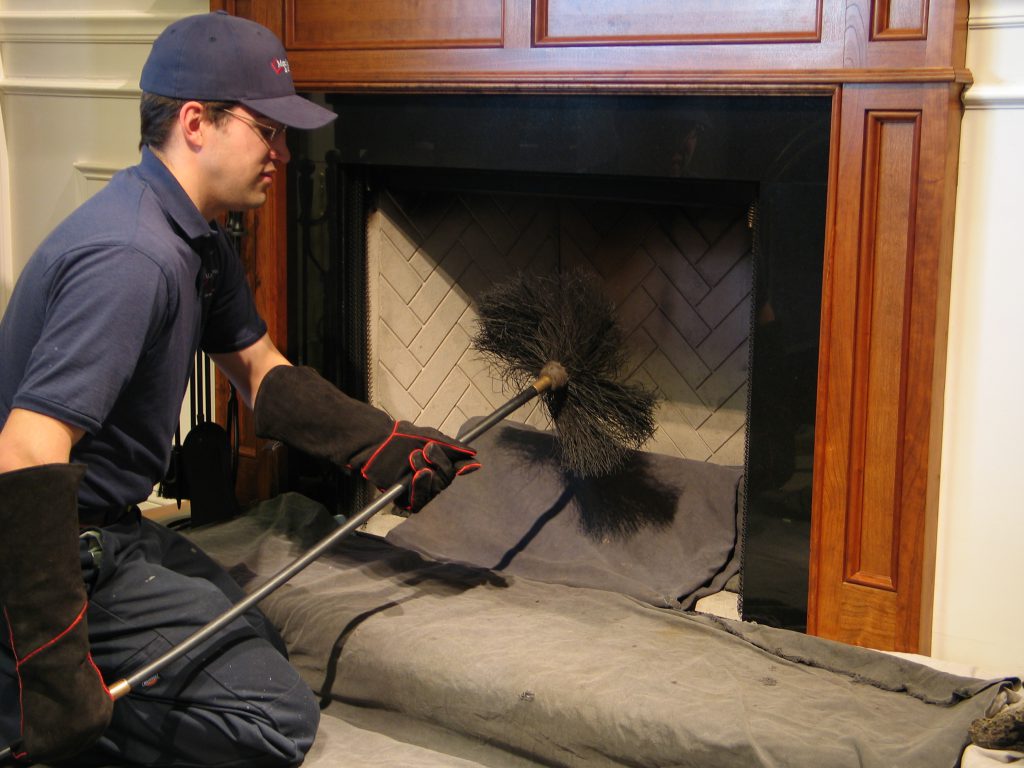
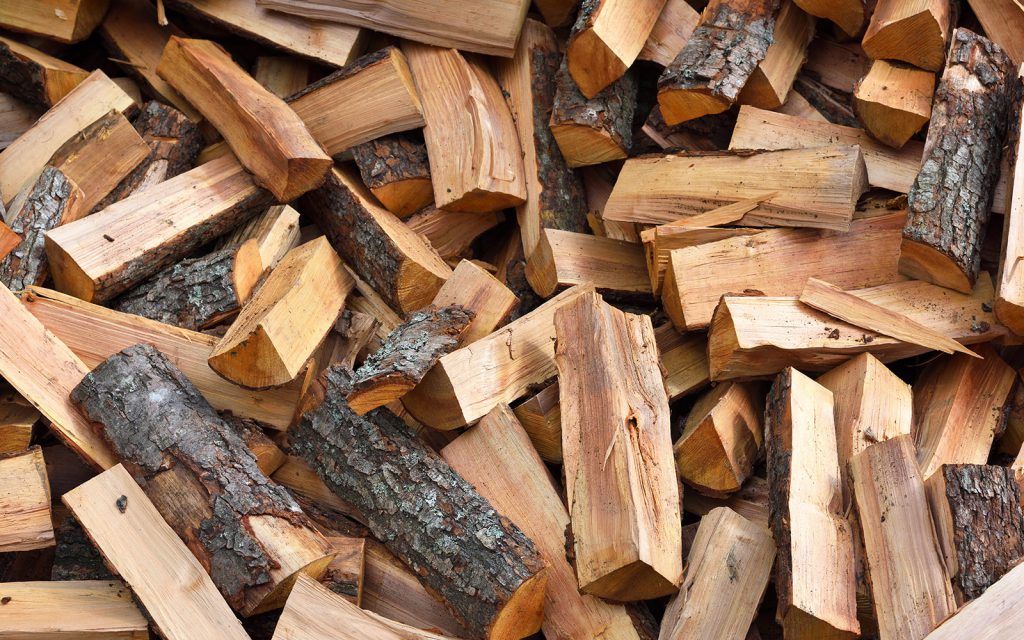
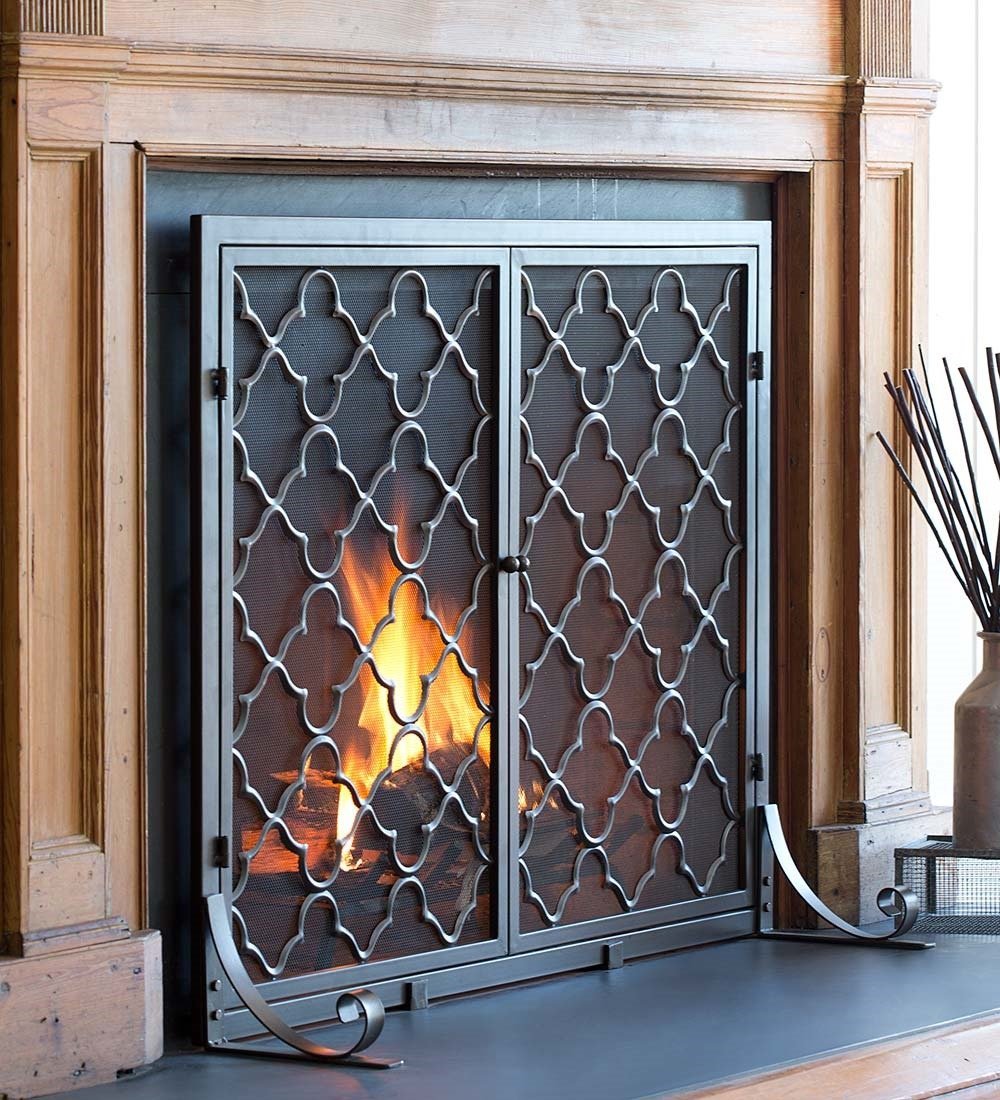

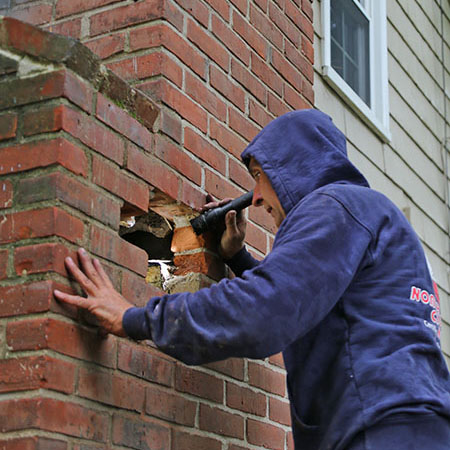

Recent Comments